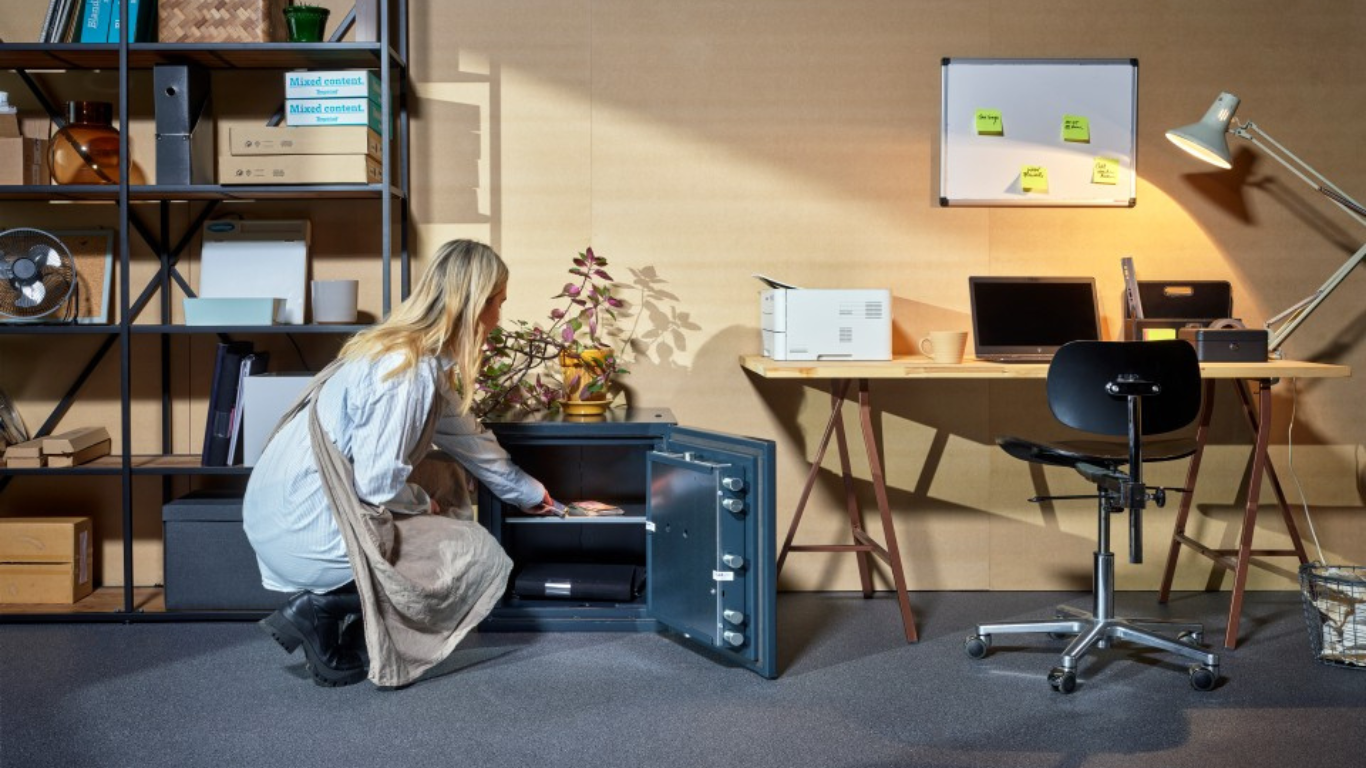
While selecting the right safe is important, ensuring that it continues to perform at its best requires ongoing maintenance. Regular safe maintenance not only extends the life of your safe but also guarantees that it provides long-term protection for your valuables.

In this blog, we dive deeper into why regular safe maintenance is essential, how it can prevent unexpected failures, and what key tasks should be performed.
Consider safes as any other mechanical or electronic device: just as cars require regular servicing to maintain performance, safes also need routine checks to ensure optimal functioning. Here are some of the key reasons why maintenance is essential:
The locking mechanism is more than just the lock—it includes crucial moving parts such as the locking bolts and relocking devices, which are designed to activate in the event of an attempted break-in. Regular inspection and servicing of this mechanism are essential to ensure it functions properly. While lubricating these parts is important, it should only be done by a fully trained service engineer using the correct materials. Specifically, the boltwork requires a particular type of grease, and locks should be lubricated with graphite, not oil, as oil can attract dust and cause clogging. Additionally, if you lose one of your keys, contact a professional service engineer immediately. They can duplicate your key after verifying ownership. Don’t wait until you lose the other key, as having your safe professionally opened can be costly.
For digital locks, batteries must be checked and replaced regularly. Many electronic safes will provide a low-battery warning, but it’s crucial not to ignore these signs. If the batteries completely deplete, you may find yourself locked out of your own safe. Additionally, ensure that the digital keypad or fingerprint scanner is free from dust or dirt, which can impede functionality.
2. Updating Electronic ComponentsModern safes with electronic or biometric locks often rely on software or firmware to manage access and track usage. Regular updates to the software ensure that your safe’s digital systems remain secure from vulnerabilities. In commercial environments, safes connected to cloud-based platforms, such as Gunnebo iQ for locks, may require firmware updates to enhance security protocols and improve functionality.
In addition to software, always ensure that backup systems—such as override keys or backup batteries—are in good working condition. These components are essential for gaining access to your safe in the event of a power failure or electronic malfunction.
3. Checking Door Alignment and SealsRegularly inspect the door of the safe to ensure it is aligned correctly. Over time, due to settling or external factors, the door may become misaligned, leading to issues with locking or closing. A misaligned door can also compromise the fire and water resistance of the safe.
Pay close attention to door seals and gaskets. These components are crucial in providing protection against fire, smoke, and water damage. Over time, they can degrade or become damaged. Replacing worn-out seals ensures that your safe maintains its protective properties.
Safes with fire resistance often include reactive or passive seals to withstand extreme temperatures and prevent smoke penetration. However, some safes, such as those with UL Class 350 fire certifications, achieve fire protection through the design of the door and frame connection, without relying on seals. Ensuring the integrity of this construction is key to maintaining effective fire resistance.
4. Professional Servicing and InspectionsWhile basic maintenance tasks can be performed by the safe owner, it’s recommendable to schedule professional servicing at least once a year, especially for high-security safes or those used in commercial settings. Professional safe technicians can conduct more thorough inspections, diagnose potential problems, and offer solutions that may not be immediately visible to the untrained eye.
Regular safe maintenance is an essential practice for both individuals and businesses. Whether it's checking the lock, inspecting fire seals, or updating electronic systems, these simple steps can save you from potential risks and costly repairs.
For peace of mind and reliable security, make safe maintenance a priority today.
Sources:
Copyright © 2024 Gunnebo Safe Storage AB. All rights reserved.
Comments (3)